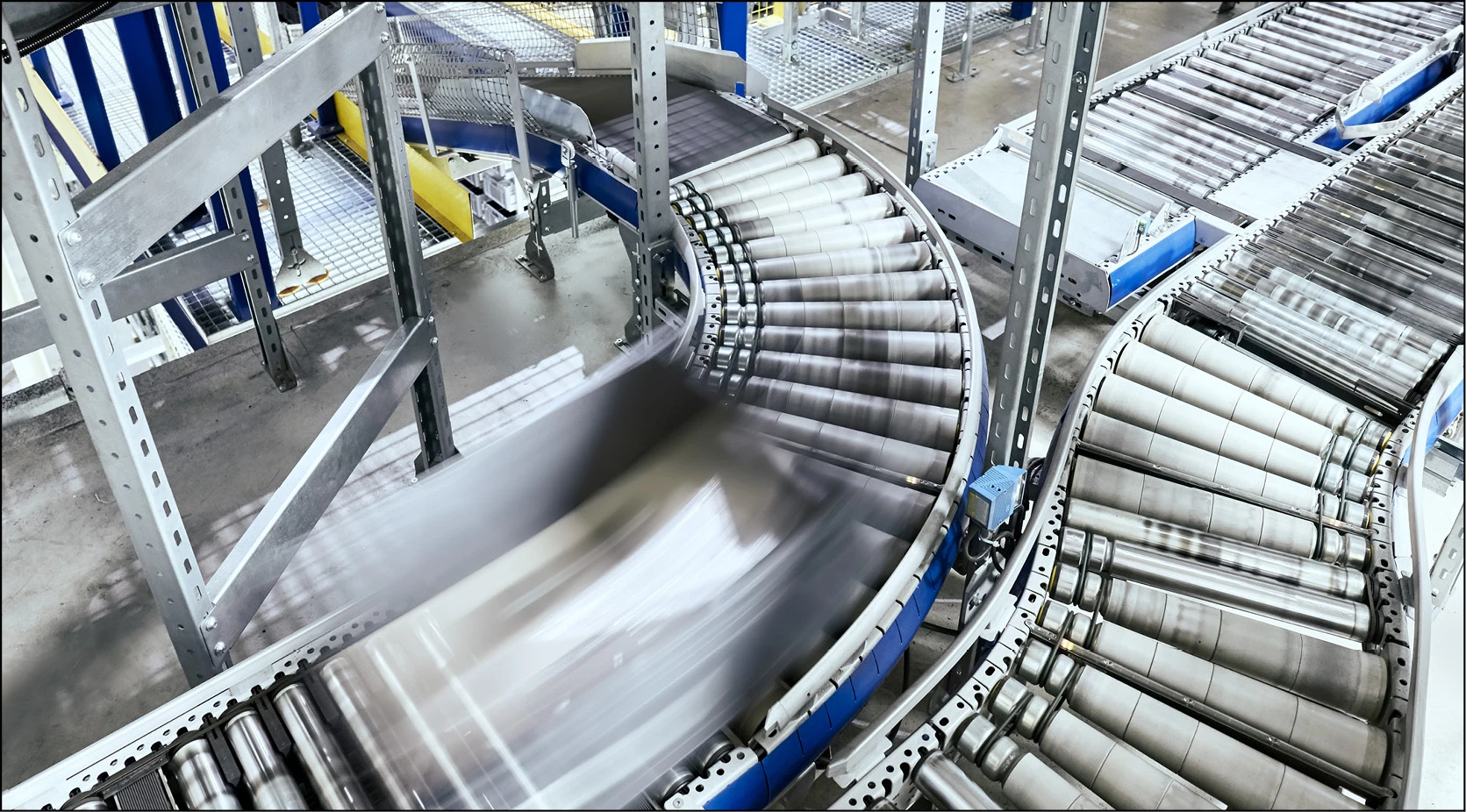Supply Chains Seeing the Payoff from Artificial Intelligence Investments

Companies that are using artificial intelligence (AI) in their supply chains are seeing greater impact from technology across their operations than those who aren’t, according to the 2024 State of Supply Chain report.
While it’s true digitization of supply chain processes has been ongoing for a decade, recent innovations in the applications of AI have shifted how companies are thinking about their supply chains. For those who are early adopters of the technology, the possibilities brought forward by AI are linked to more high-impact outcomes, such as predictive and dynamic risks analysis.
This makes sense, as 40% of respondents in the report indicated their executives considered risk management to be the top priority for supply chain teams.
But if AI adopters are seeing the greatest impact of technology in their supply chains, and if the impact of AI is one of the top priority items – risk management – for executives, why then have only 24% of companies adopted artificial intelligence into their supply chain?
Barriers to AI Adoption
According to the report, there are two primary barriers to adopting AI.
The first is very simple – vendors need to step up.
Innovation simply hasn’t matched the needs of companies to the point of driving mass adoption of the technology. Early adopters of AI see the vision and value of getting started early – AI models take time to train, and learning to use the models effectively is not always simple. Those companies want to be part of the AI journey and grow into whatever the final outcomes are.
However, the majority of companies are not early adopters, specifically within the supply chain itself (think factories, manufacturers, and suppliers). These companies want to see a more complete product and defined use cases that already align to their needs. And while some of these do exist – including Inspectorio’s dynamic risk model – there are still gaps that have some teams holding back to see the more complete offering.
The second barrier is restrictive internal IT policies.
This result wasn’t unexpected. As with any new technology, it takes time for companies to catch up, or for industry to put in place the types of security measures needed to satisfy corporate IT security requirements.
However, the takeaway here is the need for companies to prepare for AI. The longer IT policies hold back adoption, the more companies will fall behind the early adopters. More than just having AI operating in your supply chain, it’s about getting started with implementation and integration, employees learning how to interact and leverage the technology, and the time it takes to action the level of analysis provided by these advanced models to make an impact in the supply chain.
More Insights in the State of Supply Chain Report
These are just some of key insights from the 2024 State of Supply Chain report. Executives and managers from brands, retailers, and suppliers around the world have contributed to this research into order to understand key trends in the supply chain space today.
Whether you’re trying to understand how peers are thinking about AI, or looking for more insight into where to spend your budget next year, download the report to get started.




